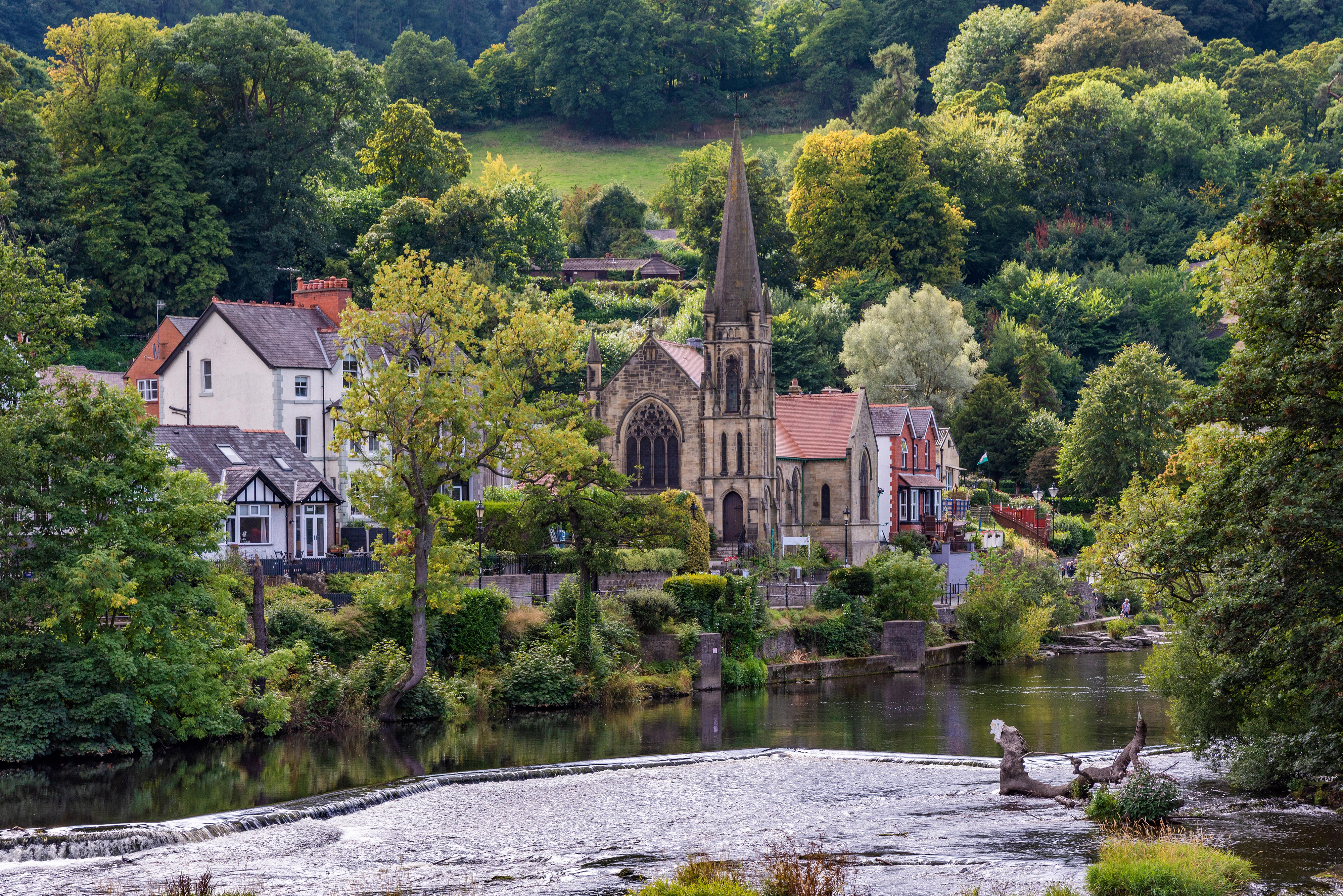Give grey squirrels a break
Grey squirrels are not the only reason reds are endangered – the plight of the red is more our fault than their American cousins

There is no logic to human sentiment. The grey squirrel, not native to the British Isles, has long been targeted as a ‘baddie’‚ in both countryside and town, accused of causing the loss of our native red squirrels, but is that really so?
Earlier this year, I mentioned Roger Lovegrove’s important survey of British fauna (Silent Fields: The Long Decline of a Nation’s Wildlife, Oxford University Press) in connection with birds, but his findings on squirrels are just as revealing. You won’t have heard this anywhere, as it’s never reported, but Man brought about the disappearance of our ginger-haired rodents, not their more sober transatlantic cousins.
The Tudors classed them as vermin to be exterminated, but also coveted their fur. Epidemic diseases and extensive loss of habitat had already depleted red-squirrel numbers by the 19th century, but their rapid decline continued, for they were considered (as the greys are today) a serious pest in forestry terms. Accordingly, for many years, red squirrels were a legitimate target for sportsmen and gamekeepers all over Britain.
In Scotland, the Strathspey estate alone recorded killing 13,875 red squirrels in nine years from 1881, and The Highland Squirrel Club, established in 1903 (the very year that Beatrix Potter published The Tale of Squirrel Nutkin) slaughtered a staggering 82,000 reds in the club’s first 30 years. In Hampshire in the 1880s, some 2,200 red squirrels were killed annually in the New Forest. Con-versely, the first pair of greys is believed to have been released in the 1890s, when reds were already extinct in large areas of Britain.
As Nature abhors a vacuum, we need to accept that the success of acrobatic greys has much more to do with Man’s wholesale destruction of Nutkin than people will admit. In this year of Darwinian celebrations, shouldn’t we instead admire the smart grey’s ability to thrive in a world where all wildlife now suffers unprecedented challenges? To some eyes, his storm-cloud coat, warmed with a broad tan band down the back, is as fetching as our native ginger’s attire, and his winter foragings are welcome when much wildlife has hibernated or migrated.
Persecution of grey squirrels suggests a curious form of xenophobia transferred to the animal kingdom; if we truly only want British native species in the countryside, we must be prepared also to do away with pheasants, cuckoos, doves, cedar trees, domestic apples, chestnuts (both horse and sweet) and hundreds of other commonplace species we should not feel guilty about enjoying. All wild creatures (even scary ones, as the Born Free Foundation tirelessly demonstrates) enrich a habitat; meanwhile, one thing is for sure: if red-squirrel populations ever return to pre-19th-century levels, as ecologists wish, they will again be in the firing line.
Southern France doesn’t seem to suffer a shortage of red squirrels, as I’ve seen many there, but then, it has many more pine trees, their favoured habitat (another point overlooked by the xenophobes). Something else you see there at this time is the ephemeral splendour of the bearded iris. Having recently returned from the hills of western Prov-ence, I’m still recalling the sight of drifts of purple and blue irises lighting up waysides and hedgerows, although in gardens, it was the pristine beauty of Iris Florentina that dazzled.
Sign up for the Country Life Newsletter
Exquisite houses, the beauty of Nature, and how to get the most from your life, straight to your inbox.
This important and beautiful iris (the emblematic fleur de lys, or ‘Flower de Luce of Florence’) is considered the finest source of orris root, used in perfumery since antiquity. Bearded-iris scent is often fugitive, but Florentina’s is heady and apparent. In The Secret of Scent (Faber), perfumer Luca Turin advises that good iris notes are magnificent and melancholy, funereal even, exuding a ‘frosty luxury which everyone falls in love with sooner or later’. The best my untutored nose could record was a haunting mélange of violets, baby powder and slate, but that’s enough to ensure it’s a plant I shall nurture from now on.
Country Life is unlike any other magazine: the only glossy weekly on the newsstand and the only magazine that has been guest-edited by HRH The King not once, but twice. It is a celebration of modern rural life and all its diverse joys and pleasures — that was first published in Queen Victoria's Diamond Jubilee year. Our eclectic mixture of witty and informative content — from the most up-to-date property news and commentary and a coveted glimpse inside some of the UK's best houses and gardens, to gardening, the arts and interior design, written by experts in their field — still cannot be found in print or online, anywhere else.
-
 About time: The fastest and slowest moving housing markets revealed
About time: The fastest and slowest moving housing markets revealedNew research by Zoopla has shown where it's easy to sell and where it will take quite a while to find a buyer.
By Annabel Dixon
-
 Betty is the first dog to scale all of Scotland’s hundreds of mountains and hills
Betty is the first dog to scale all of Scotland’s hundreds of mountains and hillsFewer than 100 people have ever completed Betty's ‘full house’ of Scottish summits — and she was fuelled by more than 800 hard boiled eggs.
By Annunciata Elwes